Poxvirus Infection in Birds
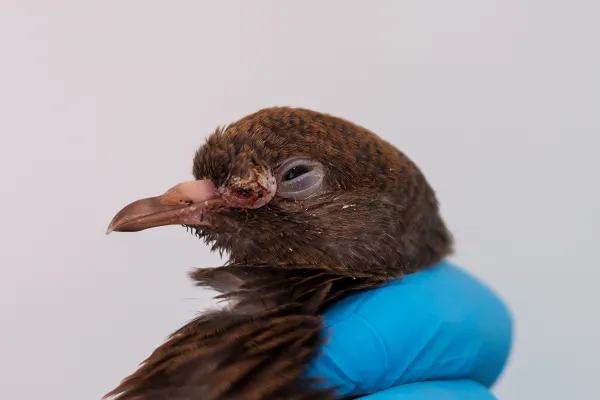
Poxviruses can infect many species of birds, and each species of bird may have its own unique species of poxvirus. This handout explains three forms of the virus: cutaneous, diphtheroid, and septicaemic. Each of these forms has distinct clinical signs. Diagnosis, treatment, and ways to minimize the risk of infection in your bird are explained.
Polyomavirus Infection in Birds

Avian polyomavirus infection (APV) of pet birds belongs to the family Polyomaviridae. APV can cause benign feather lesions in budgies, slow crop emptying in weanling parrots, hemorrhages on the skin, or acute death. Species particularly susceptible to APV infection include budgies, Eclectus parrots, Caiques, and hawk-head parrots. Clinical signs, diagnostic testing, and preventive measures are explained in this handout.
Pacheco’s Disease in Birds
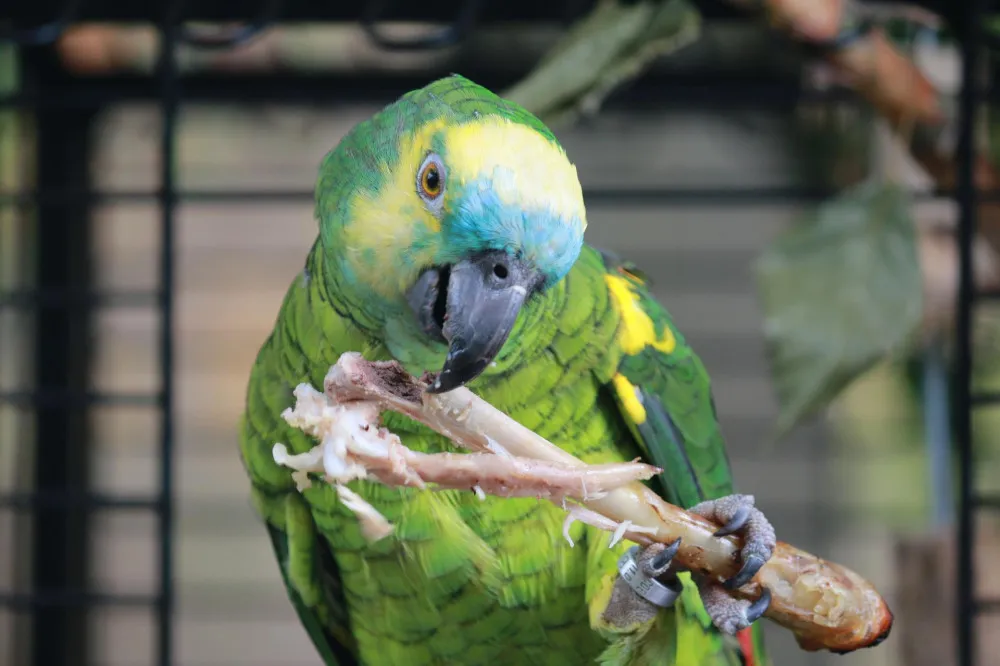
Pacheco’s disease is caused by an avian herpesvirus. It is often a fatal disease, but treatment with an anti-herpes medication may be life-saving if used at first presentation. This disease is seen less often in today’s pet bird population since most parrots are domestically raised and not imported.
Knemidokoptic Mange or Scaly Leg and Face Disease in Birds
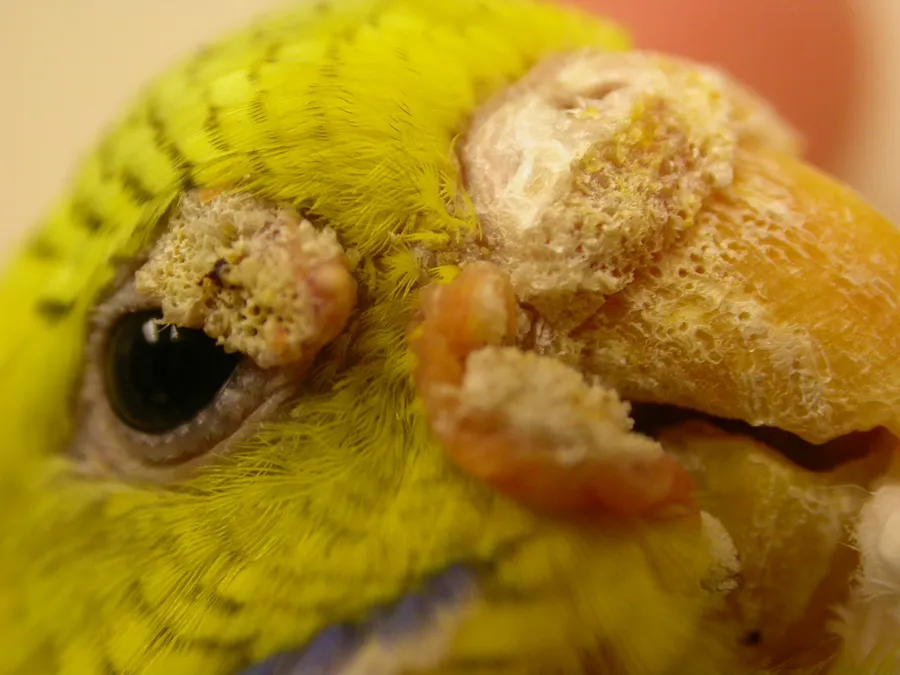
Knemidocoptes is a type of bird mite that typically effects canaries, cockatiels and parakeets. It is commonly referred to as scaly face and leg disease. Specific antiparasitic drugs will be prescribed by a veterinarian to treat this disease.
Crop Infections in Birds
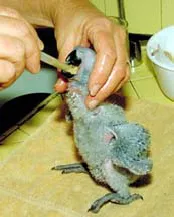
Crop infections in birds are not as common as they once were, but are still a potentially dangerous condition in all avian species. A slowing or stoppage of crop motility can be caused by bacteria, yeast and a variety of viruses. Early veterinary attention is essential to help treat this condition.
Common Viral Diseases of Pet and Backyard Chickens
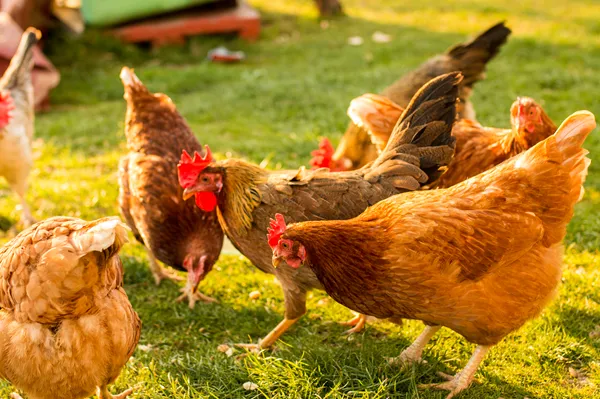
There a several viral diseases that affect pet and backyard chickens. Knowing the symptoms, treatment options, and methods of prevention is beneficial to anyone who owns chickens. The five most common viral diseases are: Marek’s disease virus, lymphoid leukosis virus, avian influenza, infectious bronchitis and Newcastle disease virus.
Chlamydiosis in Birds
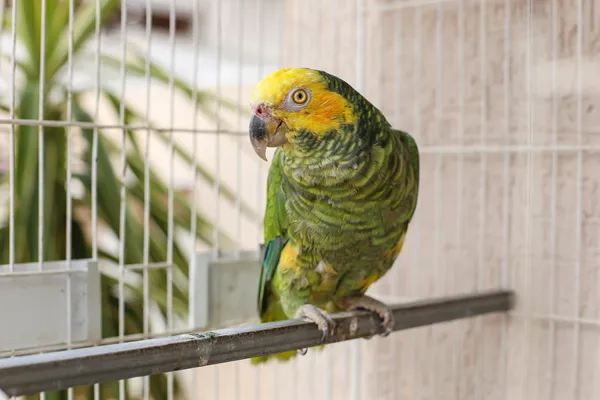
Chlamydiosis (psittacosis, parrot fever, ornithosis) is a common disease of birds caused by a bacterial organism called Chlamydia psittaci. Birds with chlamydiosis exhibit a decreased appetite, weight loss, lethargy, diarrhea, nasal or ocular discharge, a fluffed-up appearance, and breathing difficulties. Testing and treatment are discussed. Chlamydiosis is a zoonotic disease, meaning that it can be passed to humans, so all new pet birds should be tested for this disease.
Cataracts in Birds
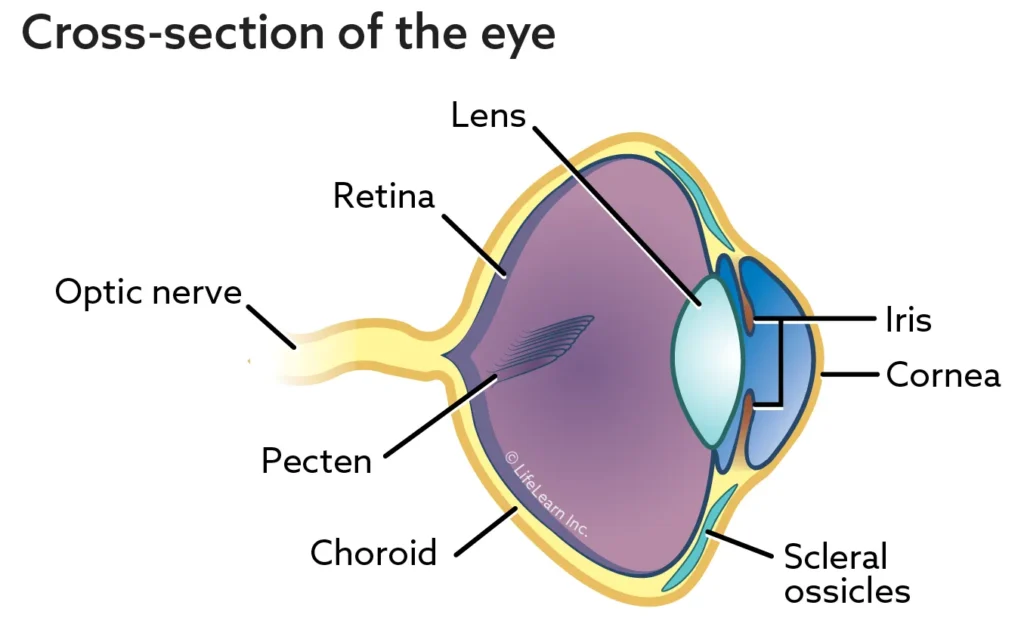
Cataract formation is a reasonably well-known occurrence in pet birds. Canaries are more prone to cataract formation than other species of birds. Cataracts may be inherited or be secondary to a traumatic injury or infection involving one or both eyes.
Caring for Your Pets if You Have COVID-19

COVID-19 is a viral respiratory disease of humans that was first discovered in late 2019. The illness is caused by the virus SARS-CoV-2, which is a new coronavirus that has not previously been identified in humans. Certain animals can be infected by the COVID-19 virus, but it appears to be infrequent. Dogs and cats seldom show severe clinical illness if infected with COVID-19.
Aspergillosis in Birds
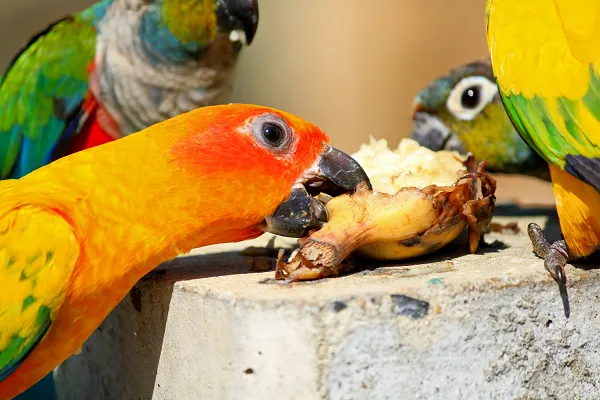
Aspergillosis is a severe and sometimes life-threatening fungal infection that commonly causes respiratory disease in pet birds. Infected birds may show respiratory signs, including tail bobbing, difficulty breathing, and coughing.Several diagnostic tests are available, but surgical laparoscopy is the most accurate. Aspergillosis is a very challenging disease to treat and even more difficult to cure. In many cases, referral to an avian specialist is advised.

